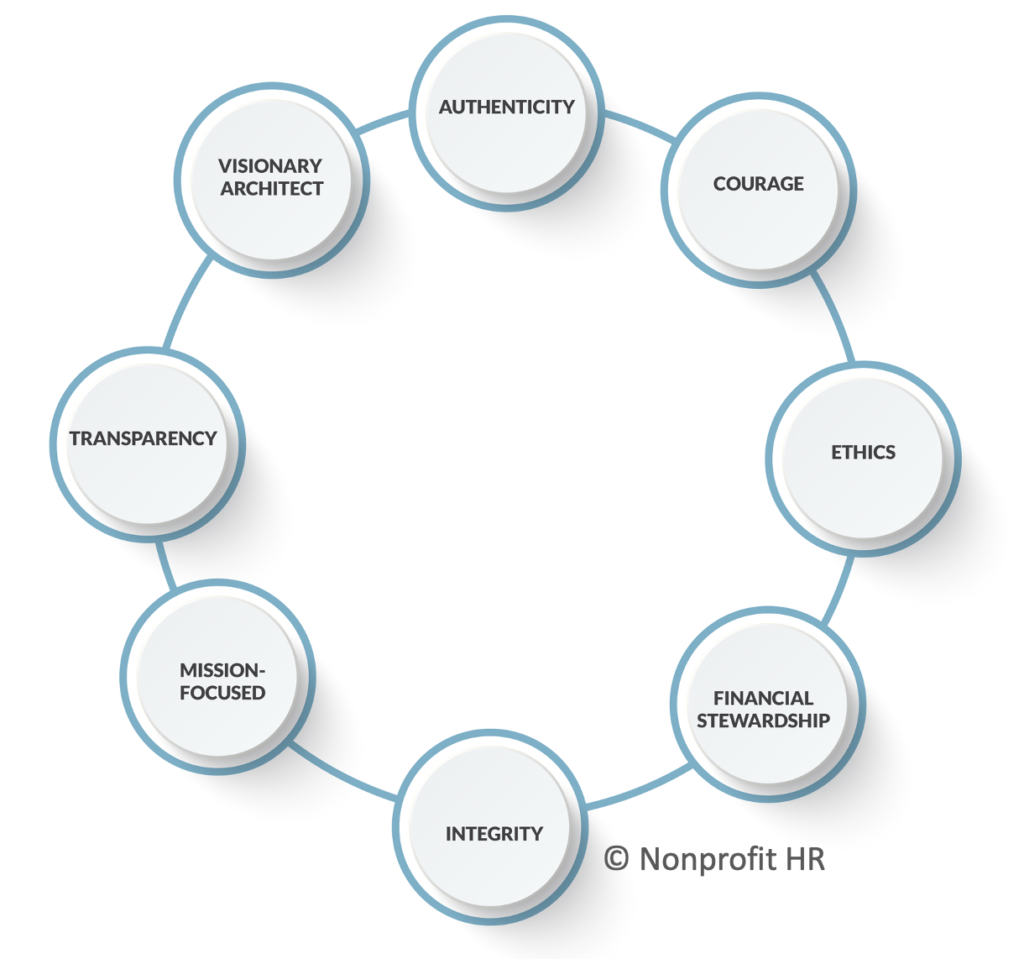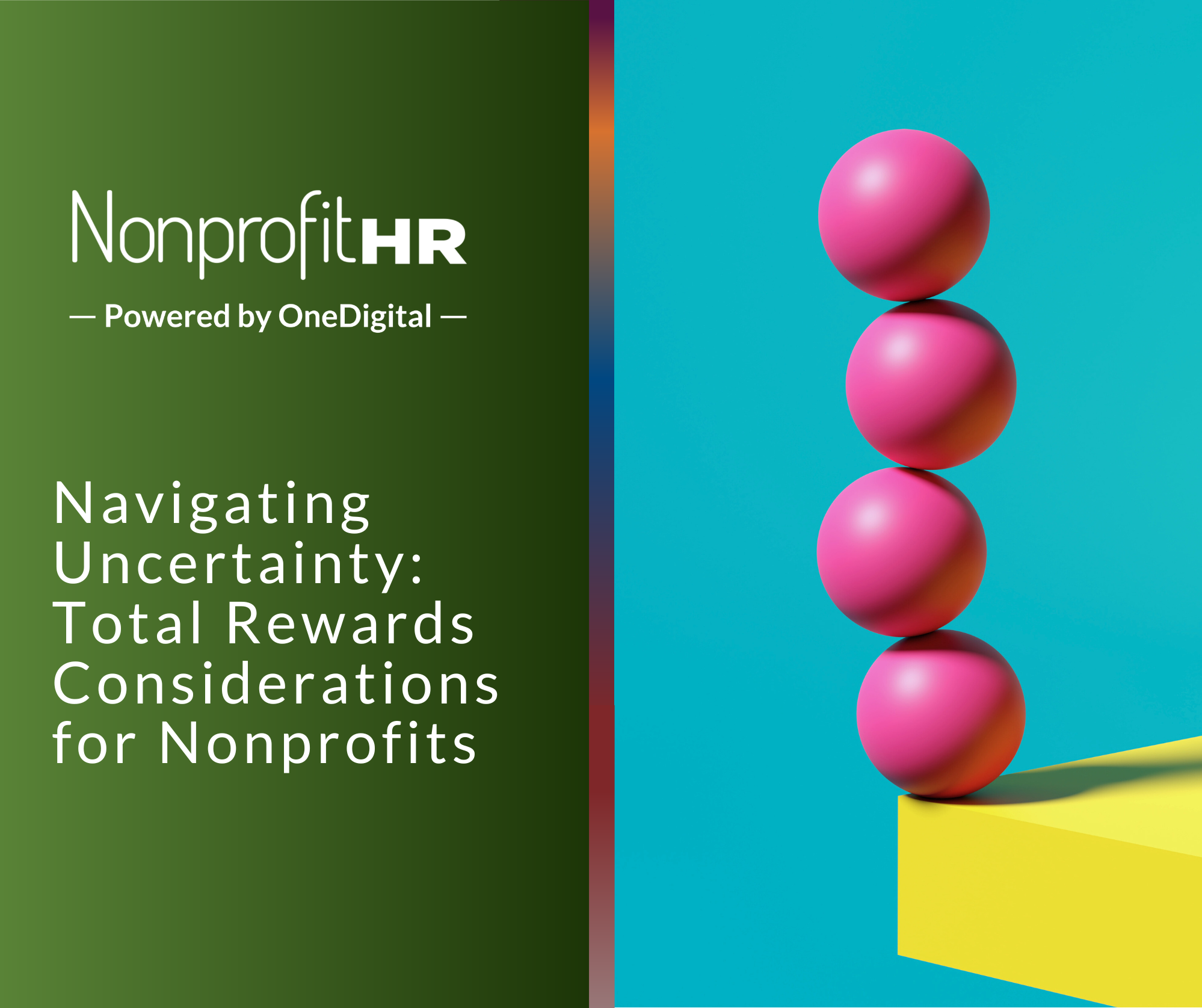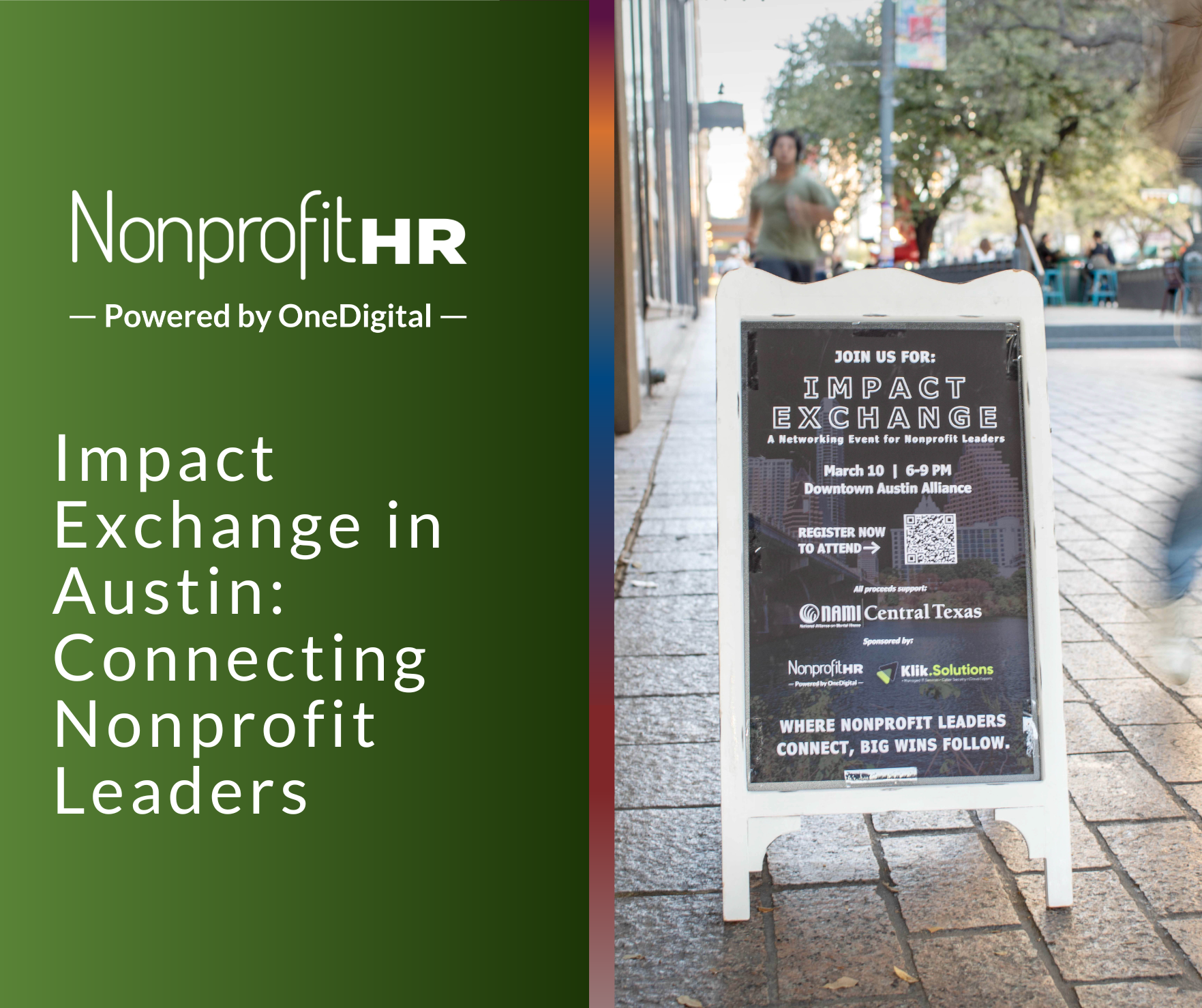WTOP: 5 ways nonprofits can…
Leadership and Crisis Management – One of my favorite things to do is research social sector trends. Most recently, I began to see a mysterious pattern. I followed links and read about the devastating impact that leaders have on human and social service organizations in this “post” pandemic era. Today’s challenges are merely bringing to light what was already present: a lack of talent management that is sustainable during any crisis. So, what’s the mystery? And, why haven’t things changed?
The pattern revealed that some leaders would rather bury their heads in the sand than step up and take full responsibility for how they must lead an organization through a crisis. Stay with me; this gets better. I promise.
First, let’s look at this infographic that shows a few areas in how leaders lead: 1) oblivious 2) somewhat aware 3) people-focused
As you look at this diagram, think about how you would gauge your leadership in early 2020, and your talent leadership right now?
| Oblivious Leader | Leaders of talent oblivious organizations often do not fully recognize that people are the driving force behind the success and fundraising of their program efforts. They usually have a low supply of resources to invest in their teams. |
| Aware Leader | Leaders fail to make any connection between outcomes and those who work to drive them. They are often neglectful of culture and its impact on management and staff, and prioritize programs, fundraising, and finance over people. |
| People- Focused Leader | Leaders, board, and staff maximize their impact through people. Leaders prioritize the allocation of resources for talent attraction, development, and retention in an intentional way. Leaders view these investments as integral to organizational success. They consider hiring, learning, and retention effectiveness a priority, and talent management planning is integrated with the organization’s strategic plan |
Now, let’s examine some of the competencies required of leaders as we inch toward 2021 and unknown territory. The infographic should tell your story; where you can point back to ineffective leadership performance and where your leader may have failed to step up.
Now, this brings me to the research that landed me deep into the Harvard Business Review reading Real Leaders Are Forged in Crisis, an article written by Nancy Koehn. Koehn writes, “Leaders become ‘real’ when they practice a few key behaviors that gird and inspire people through difficult times.” This sentence continues to shape how I see my leadership capability and how I hold myself and other leaders accountable. No matter what seat you lead from, the people that lead social impact organizations must be open to living these leadership values and competencies.
We’re heading into unknown territory and as leaders, we must lean into the most vulnerable and human part of our being. As you move into your 2021 strategic planning season, I leave you with these guiding principles:
- Get comfortable making unpopular decisions.
- Sharpen your sense of empathy to understand how your decisions impact others.
- Be the caretaker that has compassion and delivers hope for a future unseen.
- Be a visionary architect for your organization to come out of 2021 with scars that will not only heal but also serve as a beacon for your community of stakeholders.
Have other guiding principles you’d like to add to my list? Email me! I’d love to include them and give mention of your name as a contributor. [email protected].
Patty Hampton, CSP
Chief Social Impact Officer and Managing Partner
Nonprofit HR
































